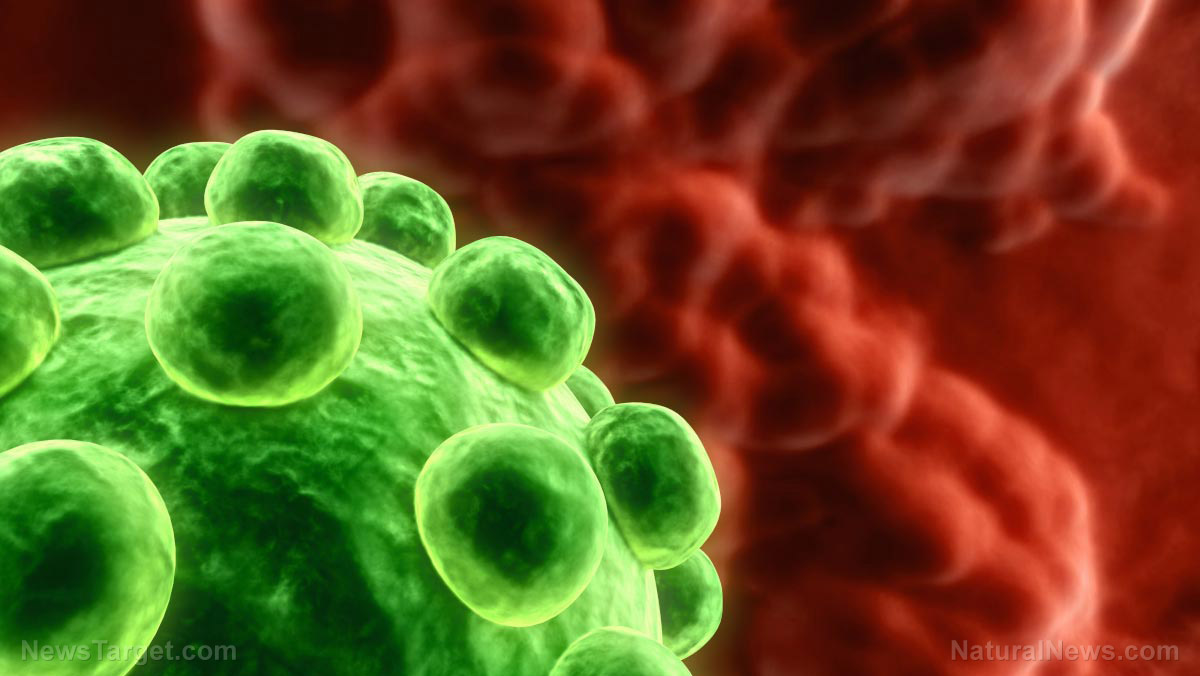Unless you are a strict vegetarian or vegan, there is a very good likelihood that you have enjoyed the taste of bacon. Although not frequently included in the dietary choices of many health enthusiasts, many people prefer eating bacon with eggs in the morning, on a burger for lunch or wrapped around a steak for dinner. Whether healthy or unhealthy, the taste of bacon is universally recognized as delicious. While the unfortunate health consequences of eating too much bacon are a reality, a simple survey of one’s peers will almost always show a high percentage of folks who enjoy bacon as opposed to those who choose not to partake.
Bacon comes in many different forms and varieties. For those who choose not to, or cannot due to religious or other reasons, ingest traditional bacon that is cut from a pig, there are other options such as turkey bacon and even bacon made from tofu. For everyone else, the recipe for proper bacon creation generally follows a relatively standard procedure. First, the skin is cut from the pig. The type of cut depends on where the meat is cut from on the pig, with side bacon being the most common type of bacon in the United States. From there, the bacon is cured in a combination of salts, spices and nitrates. In some instances, the bacon curing also includes sugar and/or a smoking process after. This is done to preserve the meat and prevent bacteria.
The debate over the health benefits of eating bacon depends on numerous factors, including the diet of the animal the meat is cut from. For instance, while 50% of bacon is “heart-healthy” monounsaturated fats, as much as 10% of the fat could be polyunsaturated acids if the pig was fed a diet of corn and soy. If the animal was raised in a pasture environment and ate a more natural diet, polyunsaturated fats won’t be as much of an issue for the consumer. Other nutritional bonuses from bacon consumption include high protein content, various vitamins and numerous minerals.
With all of this information to consider, some people choose to begrudgingly forego their clear enjoyment of bacon for health or other reasons. Thankfully for them, there appears to be some light on the breakfast meat horizon.
Researchers from Oregon State University recently announced that they had found a new type of seaweed that, when fried, tastes like (yes, you guess it) bacon. In addition to its delectable nature the red algae contains two times the nutritional content of kale, whose health benefits have been trumpeted since the Middle Ages.
Two colleagues, Chuck Toombs and Chris Langdon, believe that the vegetarian and vegan markets could be very interested in their product, particularly considering that there are no other companies mass producing red algae for human consumption in the United States. Langdon’s enthusiasm for the possible popularity of his product is extremely evident. “This stuff is pretty amazing. When you fry it, which I have done, it tastes like bacon, not seaweed. And it’s a pretty strong bacon flavor,” said Langdon in a statement to OSU. Toombs, on the other hand, has a team of MBA students working tirelessly to develop a marketing plan for the new alternative.
There still is no definitive timeline as to when a person can walk into a store and purchase a package of this new rival to virtually all other vegetables, but the gears at least seem to be set into motion. The day may even come when walking into the local deli and ordering a seaweed, egg and cheese won’t sound completely crazy.
Sources:
AnonHQ.com
AuthorityNutrition.com




















